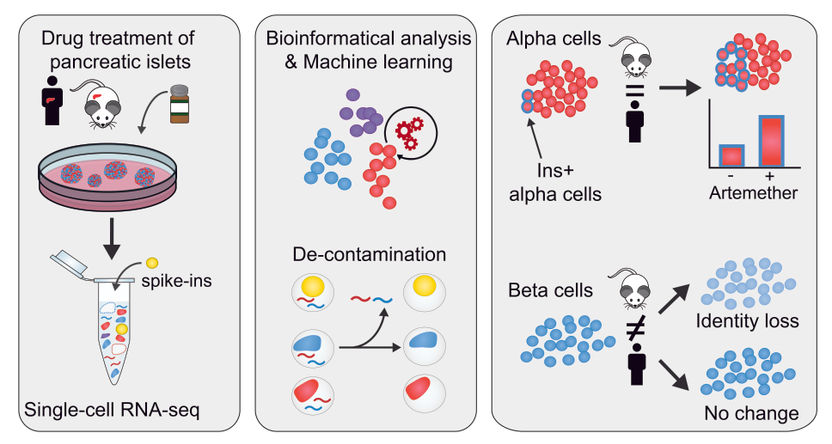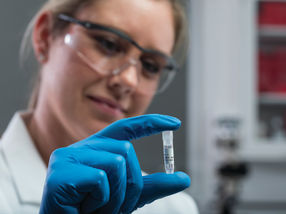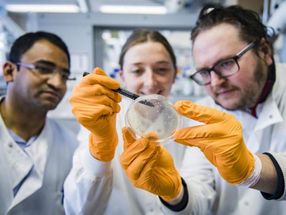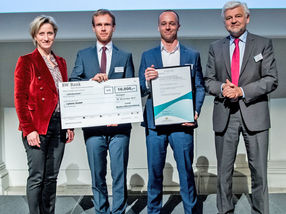Combined resistance to multiple antibiotics: A growing problem in the EU
On the occasion of the 10th European Antibiotic Awareness Day, the European Centre for Disease Prevention and Control (ECDC) is releasing its latest EU-wide data on antibiotic resistance, as well as its guidance on prevention and control of carbapenem-resistant Enterobacteriaceae (CRE). In 2016, combined resistance to several antibiotic groups continued to increase for Escherichia coli and Acinetobacter species. This situation is of great concern as patients infected with these multidrug-resistant bacteria have very limited treatment options.
Vytenis Andriukaitis, European Commissioner for Health and Food Safety, said: "with increasing resistance even to last-line antibiotics we face a frightening future where routine surgery, childbirth, pneumonia and even skin infections could once again become life threatening. To preserve our ability to effectively treat infections in humans and animals, we need to bridge differences between EU Member States and raise the level of all of them to that of the highest performer". He added: "that is the key objective of the new EU One Health action plan against AMR adopted this June. It focuses on areas that support and add value to Member States' actions to deliver innovative, effective and sustainable responses to AMR. It is only by working together at European and international level, collaborating and cooperating across all relevant sectors, that we can control and reverse AMR".
For Escherichia coli, combined resistance, measured as resistance to fluoroquinolones, third-generation cephalosporins and aminoglycosides, increased significantly between 2013 and 2016. Furthermore, in 2016, high percentages of Acinetobacter species isolates, with combined resistance to carbapenems, aminoglycosides and fluoroquinolones, were reported in southern and south-eastern Europe, as well as the Baltic countries.
Nevertheless, it is encouraging to see that long-term efforts are slowly leading to positive results and that it is still possible to reverse the trends: the latest ECDC data indicate that the overall resistance situation for C seems to be stabilising in Europe, although this was not always observed at national level, with some countries still showing an increase in combined resistance. Furthermore, the percentage of meticillin-resistant Staphylococcus aureus (MRSA) further decreased between 2013 and 2016. However, MRSA remains an issue as 10 out of 30 countries still report high percentages.
Andrea Ammon, ECDC Director, stated: "even though we are starting to see some slight progress, we need to remain vigilant and work even harder to reduce the levels of antibiotic resistance. There are still significant increases in combined resistance for Escherichia coli and Acinetobacter species throughout Europe, and this situation is of great concern as patients infected with these multidrug-resistant bacteria have very limited treatment options". She added: "prudent antibiotic use and comprehensive infection prevention and control strategies targeting all healthcare sectors are fundamental. This is why today, ECDC is also launching its guidance on carbapenem-resistant Enterobacteriaceae".
Zsuzsanna Jakab, WHO Regional Director for Europe said: "antimicrobial resistance is increasingly widespread in the WHO European Region as resistant microbes know no borders. Effective infection prevention and control is one of our most powerful weapons to address this global health threat". She noted: "On this year World Antibiotic Awareness Week, WHO calls on health workers in the European Region to prevent the spread of antimicrobial resistance in health care settings through proper hand hygiene".
Resistance to carbapenems, an important last-line antibiotic group, continues to be reported mostly by countries with already high levels of multidrug-resistant bacteria. In these countries, the options to treat patients with carbapenem-resistant Enterobacteriaceae (CRE) infections are often limited to combination therapy and older antibiotics, such as colistin. The further emergence of resistance to colistin is a serious warning that options are becoming even more limited. Resistance percentages varied widely across Europe, being generally higher in southern and south-eastern Europe than in northern Europe.
Most read news
Other news from the department politics & laws

Get the life science industry in your inbox
By submitting this form you agree that LUMITOS AG will send you the newsletter(s) selected above by email. Your data will not be passed on to third parties. Your data will be stored and processed in accordance with our data protection regulations. LUMITOS may contact you by email for the purpose of advertising or market and opinion surveys. You can revoke your consent at any time without giving reasons to LUMITOS AG, Ernst-Augustin-Str. 2, 12489 Berlin, Germany or by e-mail at revoke@lumitos.com with effect for the future. In addition, each email contains a link to unsubscribe from the corresponding newsletter.
Most read news
More news from our other portals
Last viewed contents
Catechin
Arpida re-aligns activities to support transition of its research portfolio
Spanish_flu_research
Fluid Metering has rolled-out its new expanded website
Acetylcysteine
Theophylline
Hyponastic_response
The_Language_of_the_Genes

How the brain builds panoramic memory - Neuroscientists identify brain regions key to linking different views of our surroundings.
















































